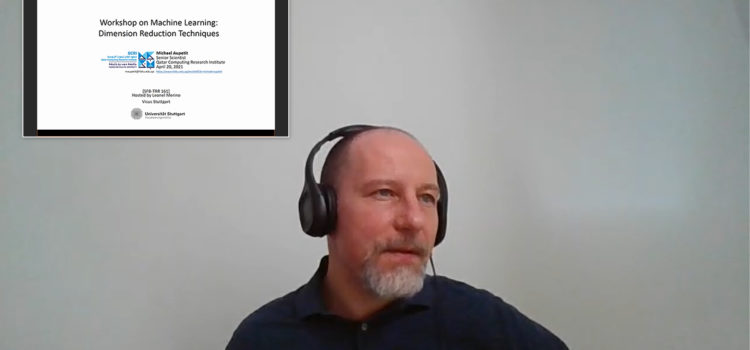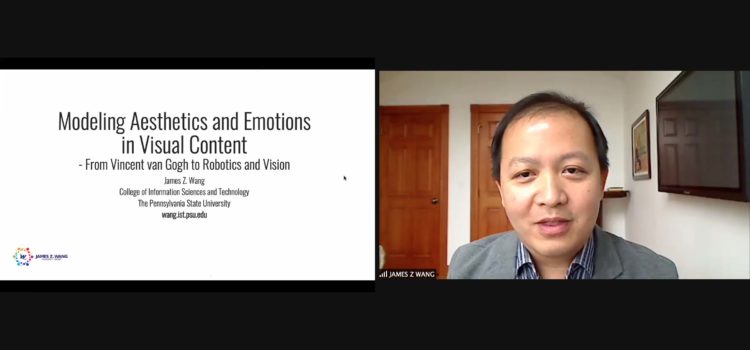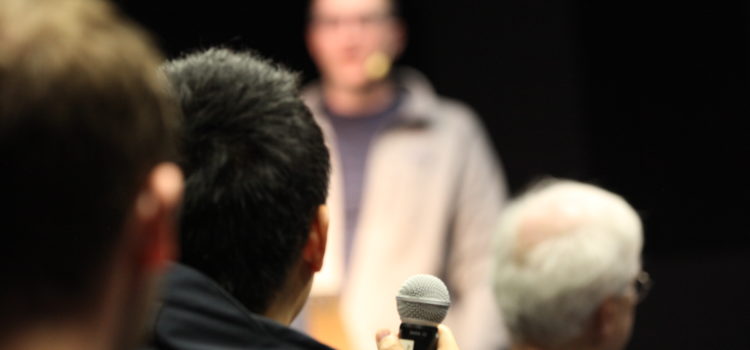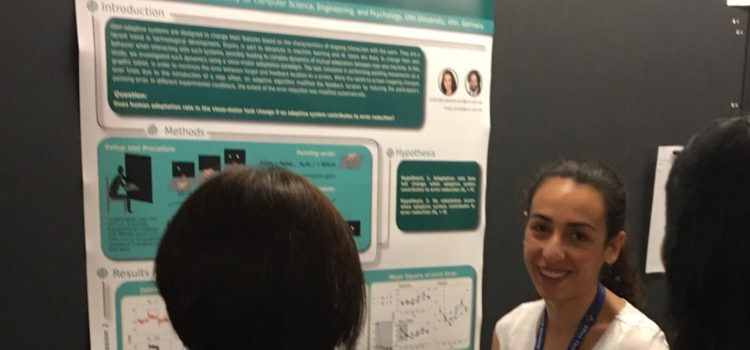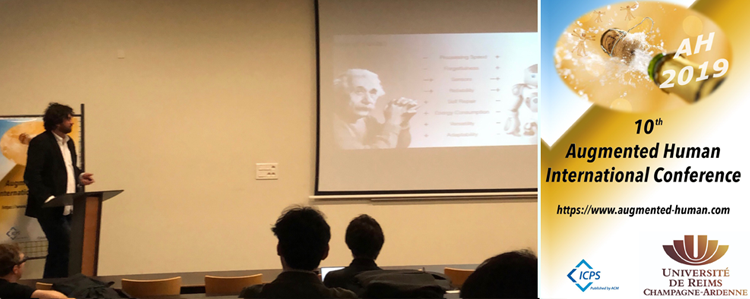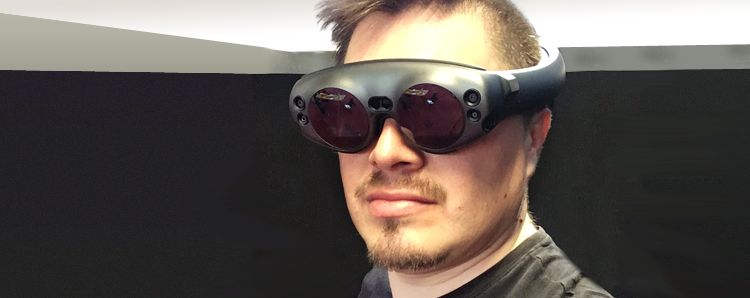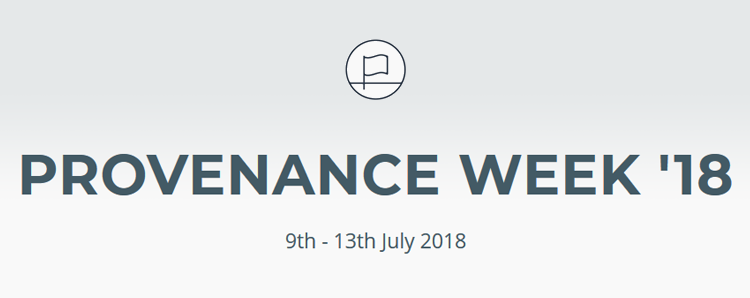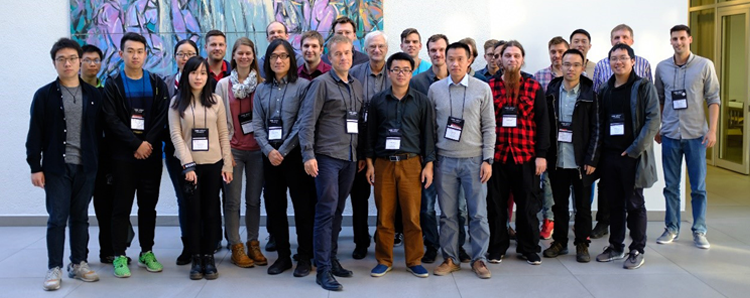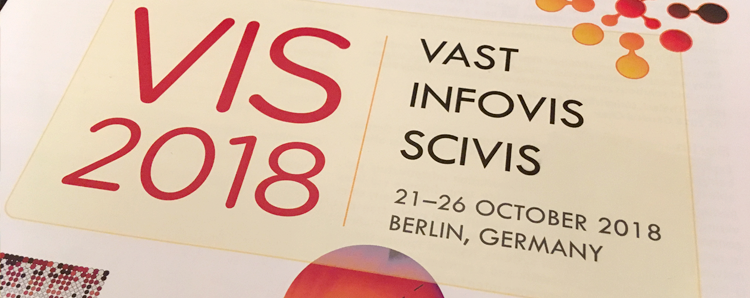The second Sino-German Workshop on visualization was held in the Estrel hotel, Berlin, Germany on 21st, October 2018, co-located with IEEE VIS 2018. This workshop aimed at bringing together German and Chinese researchers in the field of visualization and was co-organized by Prof. Yunhai Wang from Shandong University, China, and me. Over 40 participants from German and Chinese Universities including University of Konstanz, University of Stuttgart, University of Bonn, Shandong University, Zhejiang University, and Peking University were brought together.
